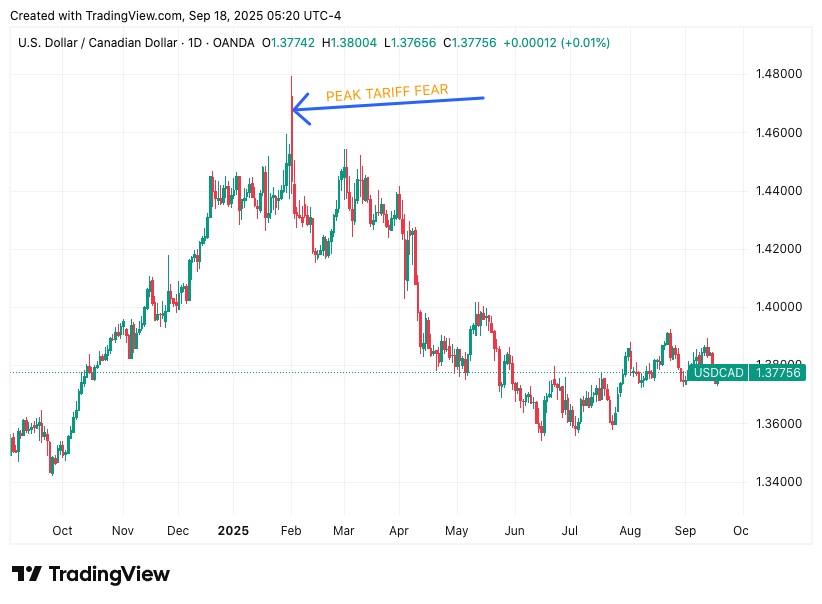Executive Summary
If you've ever felt that logical analysis (chart patterns, price action, macro) differs drastically from the visceral experience of executing a trade, this deep dive is essential reading.
The psychological framework emphasizes that trading execution is visceral, often flooded with fear, hope, regret, and greed. We explore the concept of the engram: a memory trace stored with sensation, emotion, and context. This is the foundation of intuition it isn't magic, but highly accelerated pattern recall built from past sensations. We delve into why most traders fail because they journal prices, not feelings. By shifting from price journaling to sensation journaling, traders can tap into a deeper memory recall system. The human mind processes about 10 bits per second in conscious thought, while our sensory systems absorb around a billion bits every second. By cataloging how high-caliber trades feel, whether characterized by calm connectedness or a sudden urge to flip a position, as seen in the pivotal February USD/CAD trade triggered by a "volcanic eruption of sensation" amidst post-election tariff fears traders can identify personalized, high-probability setups. Mastering this approach, even over just six weeks, has been shown to double trading results.
Trading Psychology: Finding Your Edge Through Engrams
Trading strategies, whether based on inside bars, the Six-Week Cycle, or the London fix, operate on a logical level. However, the execution of these strategies is far more visceral and granular. When traders enter the market, the mind is often bombarded by emotions — fear, hope, regret, and greed, sometimes simultaneously. This post builds on understanding emotions, somatic sensations, and engrams in trading, providing a roadmap to find an edge specific to you.
The Visceral Reality of Execution and Managing Emotions
Recognizing and engaging with emotions, rather than suppressing them, is the first step toward consistent execution. There are five core things discussed in the ongoing series for managing the trading experience:
Engagement and Reappraisal: Understand that emotions are inherent in trading and must be engaged with and reappraised.
Labeling and Localization: Identify where emotions manifest in the body (e.g., stress in the temple, fear in the chest).
Managing the Peak: The crucial technique is to let the peak of the sensation pass before making a decision. This peak might usually take five seconds, but sometimes it can take an hour, or even a few days. Decision-making must occur after the peak, not while you are in the middle of it.
Anticipation and Mapping: Plan for emotional responses to potential trade developments (e.g., What if the trade comes back to entry?). Having a predefined decision pattern prevents emotions from taking over and creating chaos mid-trade.
Somatics and Engrams: Understanding the nature of these somatic memory traces.
Building on these foundations, the focus shifts to finding a personalized edge by understanding how strategies and indicators activate your unique engrams.
Defining Engrams: Intuition as Accelerated Pattern Recall
What exactly is an engram? An engram is a memory trace stored with sensation, emotion, and context. The mind functions like a hard drive, collecting data through sight, hearing, and taste. An engram is a cluster of these recorded sensations, imprinted across various parts (potentially five or six different parts) of the brain.
When a similar situation or sensation arises, the body retrieves this data cluster and signals a recognition "I saw this before" or "I felt this before." This communication is nuanced; the body doesn't talk or whisper instructions. It communicates through sensations. Tapping into these reveals recurring patterns that appear throughout life, not just in trading, but also in social interactions or sports (e.g., feeling confident scoring a goal from a specific angle in football).
Why does engram activation matter? It is intuition. It is not magic, but a pattern recall built from past sensation. The difference in processing speed is astronomical. The human mind processes information at 10-15 bits per second, whereas sensation processes billions of bits per second (milliseconds). Sensation is faster, stronger, better, and possesses a deeper memory trace than our thinking brain. Tapping into this sensory processing is the fastest way to recall patterns.
The Power of Sensation Journaling vs. Price Journaling
Most traders miss the power of engrams because they record prices, not sensations. Traditional journaling is regimented: “I crossed this resistance, flipped the zone, I bought it, and then it went up or down.” This often leads to frustration, as volumes of journals fail to improve trading performance.
"Trading is - you are not trading the market; you are trading yourself. You are trading the way you perceive things."
The same trading blueprint given to two different people can yield vastly different results one might make $500, the other millions. This difference lies entirely in perception.
The paradigm shift required is moving from price journaling to sensation journaling. Numbers offer shallow memory recall. Sensation journaling, however, provides deep memory recall.
Losing Trade Indicators: Entries like, “I felt really fearful of this trade, and I was really stressed, and for weeks I was chasing this idea, and then I missed the first one, and I got into the second retrace,” almost invariably precede a losing trade.
Winning Trade Indicators: Conversely, entries noting, “I was just so calm, connected. It is almost I did not care. This was the level. I did not even think twice about it,” typically signal a strong winner.
Trading is complex because multiple conflicting emotions—hope, fear, happiness, and greed can surface within seconds. Journaling these sensations is essential to understanding your reactions and identifying high-caliber trades. A high-probability setup might manifest as a calm, almost playful mood. Alternatively, it could involve experiencing stress, trying to be overly logical, and then suddenly flipping the position entirely.
“You cannot see the pattern until you have trained your mind to look for it... The pattern is already there... You need to look for it. When you look for it, you see it all the time.”
Real-World Application: The USD/CAD February Reversal
A powerful example of engram activation occurred in February with USD/CAD (US Dollar against the Canadian currency).
The Context: In the run-up to February, following the US election, media fear centered on the narrative that Trump would impose tariffs on Canada, and Canadian economy would slow down as a result of that.
The Move: As this fear materialized, USD/CAD experienced a massive spike up. The consensus was overwhelmingly bullish: "Everybody thought, this is the move we have all been expecting. It is time to buy more USD/CAD because it is going parabolic."

The Engram Activation: Despite the bullish consensus, data points suggested extremes, including COT data and sentiment readings. The shift occurred almost instantaneously: a transition from the stress of needing to get into the trade to a "volcanic eruption of sensation" signaling an immediate reversal. “It was really clear to me: it is time to flip that trade.”
The Execution: Trusting this sensation build-up, which had been previously cataloged through journaling, eliminated debate. A heavy short position was initiated. The trade yielded several hundred pips and became one of the best trades of the first part of the year (until Bitcoin and Gold surpassed it). This example illustrates the necessity of trusting your sensations when high-stakes situations arise, provided you have built a catalog of these experiences.
Building Intuition Through Reverse-Engineering (The Playback Effect)
For new traders, those new to an asset, or experienced traders without a journal history (perhaps trading for 10 years without journals), intuition can be built by reverse-engineering really good trade ideas.
The Method:
Select an Asset: Pick an asset you trade that moves nicely (e.g., Bitcoin).
Identify Perfect Entries: Go back week by week, month by month, and find historical perfect entry points (e.g., the April crash in Bitcoin).
Simulate the Trade: Use a playback simulator to enter the trade using the tools you would have used at the time.
Catalog the Sensations: Replaying the trade in hindsight bizarrely creates the same emotions. Catalog these sensations.
Repeat with Correlated Assets: Apply the same process to correlated assets (e.g., stocks and indices that moved with Bitcoin).
Doing a few hours of this simulation allows you to realize the sensations, trade ideas, and patterns, creating a "feel map." After two or three weeks, similarities emerge. By the third month, you are flying, trading patterns others miss because your emotions and sensations are firing on a different level. Your engrams activate when good trades appear—a "superpower I always had and never looked at."
The Playback Effect: The brain replays situations. When the setup reappears, the same sensation surfaces. These nuances cannot be taught in videos; they must be cultivated. This explains why many people buy courses from highly successful traders (who make hundreds of millions of dollars) yet remain at ground zero, as they haven't been taught how the body learns.
Here is a Full video version for you:




